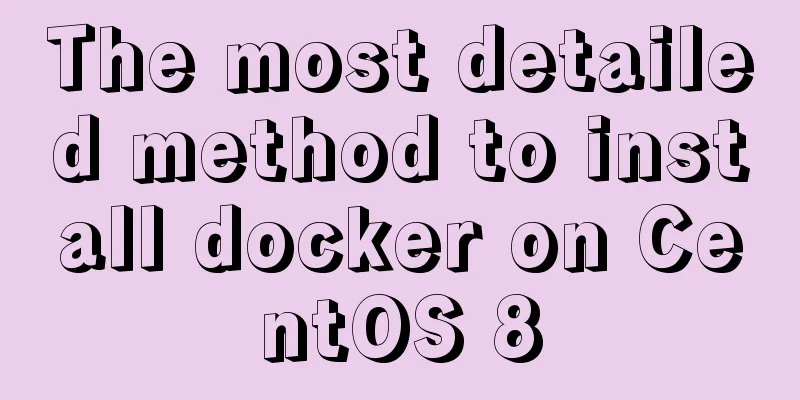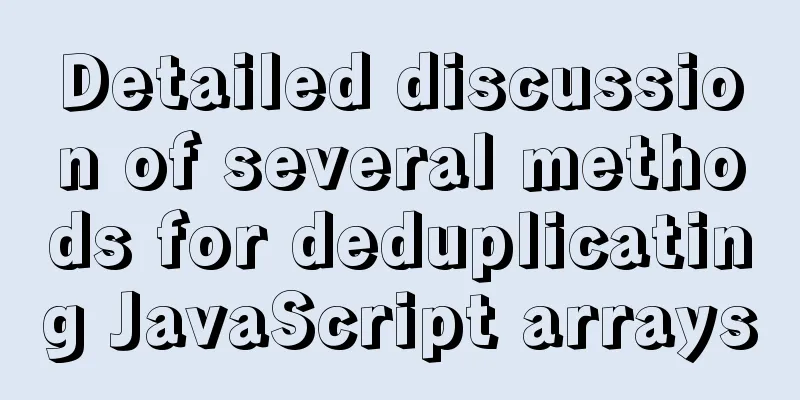Introduction to HTML page source code layout_Powernode Java Academy

|
Introduction to HTML page source code layout This introduction takes the screenshot of Google's homepage source code as an example:
From top to bottom: <!DOCTYPE html> This tag tells the browser which HTML or XHTML specification the document uses. XHTML specification: must be lowercase, have start and end tags, and attributes must also be quoted in double quotes. HTML specification: not case-sensitive, has start and end tags, and the end tag can be placed inside the start tag, such as: <input type='text' />. Attributes can use double quotes or single quotes (must be used in pairs). HTML node: The root node of the HTML page. The code information of the page is placed in this node. <head> node: head node. Contains the following child nodes: <mete> tag: provides meta-information of the page, such as page keywords; <title> tag: the title of the page; <script> tag: generally stores CSS and JavaScript codes; <Body> node: page content area, storing html element information <Div> tag: stores various element controls. <script> tag: Because the HTML page is loaded from top to bottom, instead of displaying the contents all at once after loading, the contents are displayed while loading. Putting Script after body is similar to indicating that the code in this Script will call the elements in body. If it is placed in the Head tag, when this script code is run, the elements in the body have not been loaded yet and the required element information cannot be obtained. The above is the full content of this article. I hope it will be helpful for everyone’s study. I also hope that everyone will support 123WORDPRESS.COM. |
<<: How to manage multiple projects on CentOS SVN server
>>: MySQL 8.0.22 download, installation and configuration method graphic tutorial
Recommend
Detailed explanation of the initial use of Promise in JavaScript asynchronous programming
1. Overview The Promise object is a specification...
Summary of the knowledge of embedding instructions that Vue engineers must encapsulate
Table of contents Preface Instruction Basics Hook...
Record a slow query event caused by a misjudgment of the online MySQL optimizer
Preface: I received crazy slow query and request ...
Detailed explanation of Navicat's slow remote connection to MySQL
The final solution is in the last picture If you ...
How to deploy MySQL 5.7 & 8.0 master-slave cluster using Docker
> Deploy MySQL 5.7 cluster master & slave ...
jQuery plugin to implement search history
A jQuery plugin every day - to make search histor...
Mysql 5.7.18 Using MySQL proxies_priv to implement similar user group management
Use MySQL proxies_priv (simulated role) to implem...
Solution to slow response of Tomcat server
1. Analytical thinking 1. Eliminate the machine&#...
Detailed explanation of MySql installation and login
Check if MySQL is already installed in Linux sudo...
Install and configure MySQL 5.7 under CentOS 7
This article tests the environment: CentOS 7 64-b...
How to start a Vue.js project
Table of contents 1. Node.js and Vue 2. Run the f...
HTML meta explained
Introduction The meta tag is an auxiliary tag in ...
Summary of solutions to common Linux problems
1. Connect Centos7 under VMware and set a fixed I...
Based on JavaScript ES new features let and const keywords
Table of contents 1. let keyword 1.1 Basic Usage ...
Login interface implemented by html+css3
Achieve results First use HTML to build a basic f...










